Weather,Climate and Adaptations of Animals to Climate - Class 7 PDF Download
Ref: https://edurev.in/question/782086/Needed-a-Document-for-Weather-climate-and-adaptations-of-animals-to-climate-Related-Important-Points
Weather,Climate and Adaptations of Animals to Climate
(1)The day- to – day condition of the atmosphere at a place with respect to the temperature, humidity, rainfall, wind speed etc., is called the weather at that place.
(2)The temperature, humidity, rainfall, wind speed and other factors are called the elements of weather.
(3)The weather of a place changes day after day and week after week. It can very over very short periods of time.
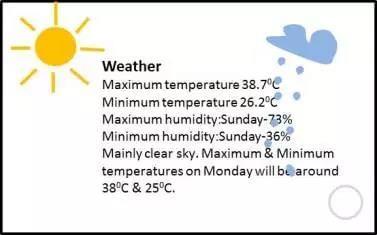
Sample of weather report
(4)Weather reports are prepared by the Meteorological Department of the Government.
(5)Rainfall is measured by an instrument called the rain gauge. It is basically a measuring cylinder with a funnel on top to collect rainwater.
(6) The maximum temperature of the day occurs generally in the afternoon while the minimum temperature occurs generally in the early morning. So, we feel hot in the afternoon in summers then in early morning in summer.
(7)The days are shorter in winter than in summer because our earth tilts at 23.5 degree on its axis. The southern hemisphere of earth (India came in this hemisphere) tilt towards the Sun in summer. So, we receive light and energy from the Sun almost 12 hours. Hence, we have long days in summer. In winter southern hemisphere tilts opposite to the Sun. So, we receive less light and energy from it. Hence, days are short in winter in southern hemisphere.
(8) The average weather pattern taken over a long time, say 25 years is called the climate of the place.
(9) If the temperature of a place is high most of the time then it is called hot climate.If that place has heavy rainfall also most of the days then the climate of that place is called hot and wet.
(10)We can compare the climate of two places by their climate records.
(11) Kerala is hot and wet in comparison of Jammu & Kashmir which has cold climate. Similarly Rajasthan has high temperature for most part of the year, very low temperature during few months of winter and very little rainfall. It is the typical desert climate. It is hot and dry. The north- eastern India receives rain for a major part of the year. Hence it has wet climate.
(12)Animals adapt climate conditions to survive.
(13) The polar regions:-
(i) These are covered with snow for most part of the year.
(ii)The sun does not rise for six months and it does not set for six months also at poles.
(iii) The temperature reaches to -370c in winters.
(iv) Countries- Canada, Greenland, Iceland, Norway, Sweden, Finland, Alaska (U.S.A.)and Siberian region of Russia.
(14) Adaptation by the animals of polar regions:-
(i) Adaptations of polar bear are showing with the help of a web chart given below:
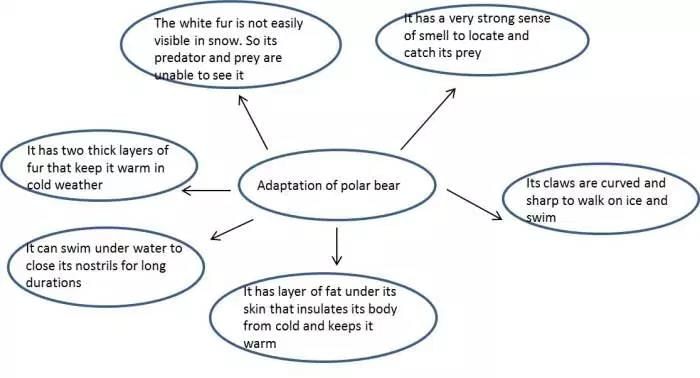
(ii) Adaptations of penguins are showing with the help of a web chart given below:
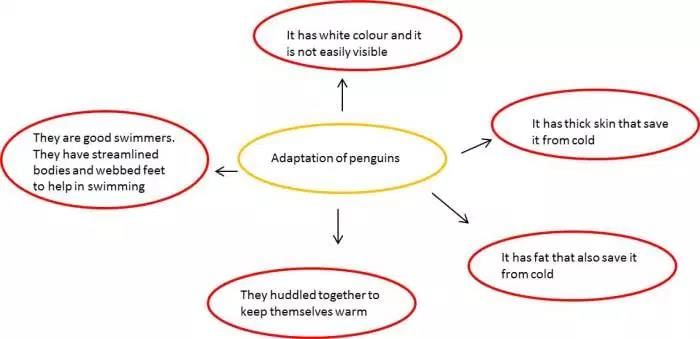

Penguin
(iii) Fishes can remain under cold water for long.
(iv)Musk oxen, reindeers, foxes have thick skin and lots of fat to keep them warm.
(v) Birds have to keep themselves warm to survive. So, they migrate to warm regions in winter and go back after winter. India is one of the destinations of birds. Bharatpur in Rajasthan, Sultanpur in Haryana, Nal Sarovar in Gujarat and some wetlands of north east are famous for migratory birds.
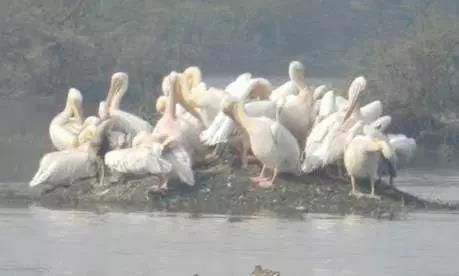
Migratory birds at Bharatpur, Rajasthan
(15)The tropical rainforests:-
(i)These are located around the equator. So, they have hot climate.
(ii) Temperature in summer cross 400C and in winter higher than 150C.
(iii) Days and nights are almost equal in length.
(iv) These regions receive plenty of rainfall.
(v) Regions– Assam and Western Ghats in India, Southeast Asia, Central America and Central Africa.
(vi) Wide variety of animals and plants are finding in these forests due to continuous warmth and rain.
(vii)Animals – Monkeys, apes, gorillas, tigers, elephants, leopards, lizards, snakes, birds and insects.
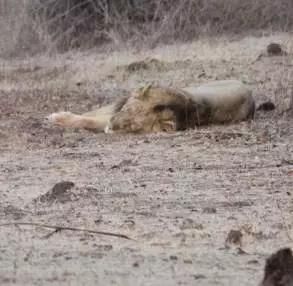
(16) Adaptation of animals in tropical rainforests:
(i)Red eyed frog has developed sticky pads on its feet to climb on tree.
(ii) Monkeys have hands, feet and long tail to hold the branches of the tree.
(iii)Bird toucan has a long, large beak which helps it to reach the fruits on branches.
(iv)Big cats like tiger and lion have sensitive hearing and thick skins Which help them to listen sound of other animals.
(v) Adaptation by the lion -tailed macaque (Beard ape) is given below:
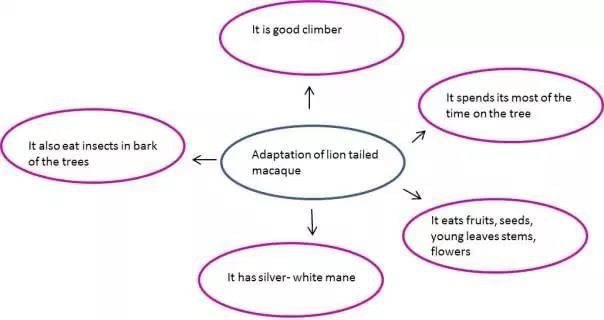
(vi) Adaptation by the elephant is given below:
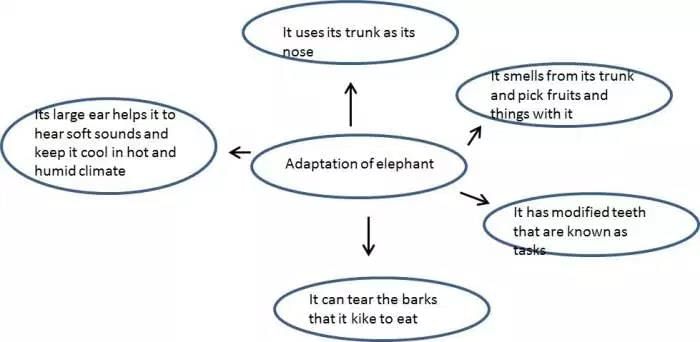
FAQs on Weather,Climate and Adaptations of Animals to Climate - Class 7
| 1. What is the difference between weather and climate? |  |
| 2. How do animals adapt to different climates? |  |
| 3. What are some examples of animals adapting to cold climates? |  |
| 4. How do animals adapt to hot climates? |  |
| 5. Can animals adapt to changes in climate? |  |



















